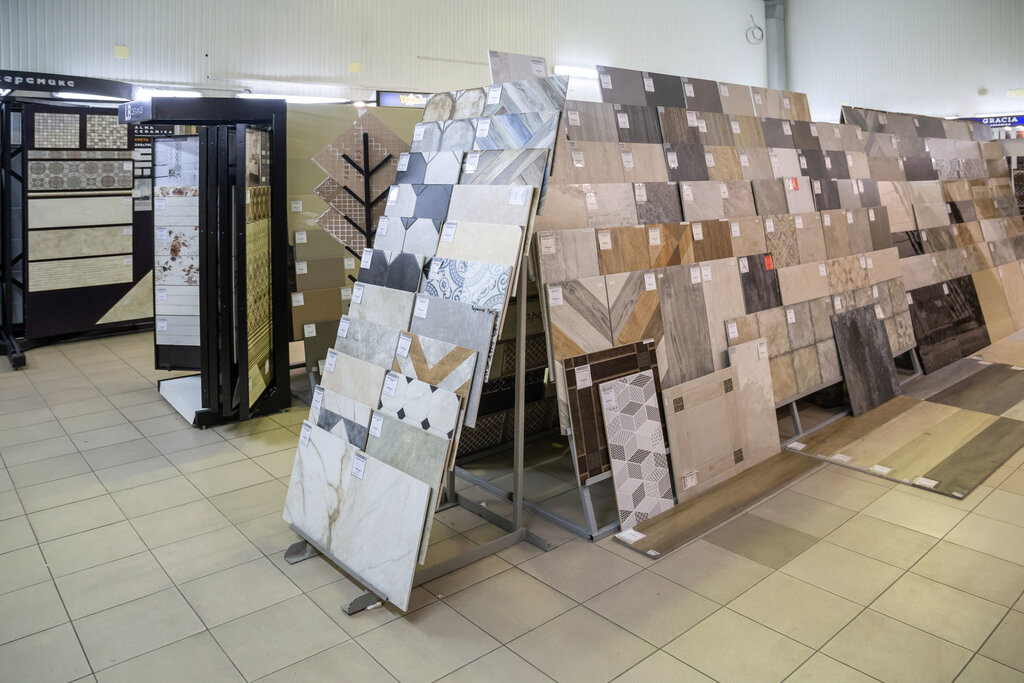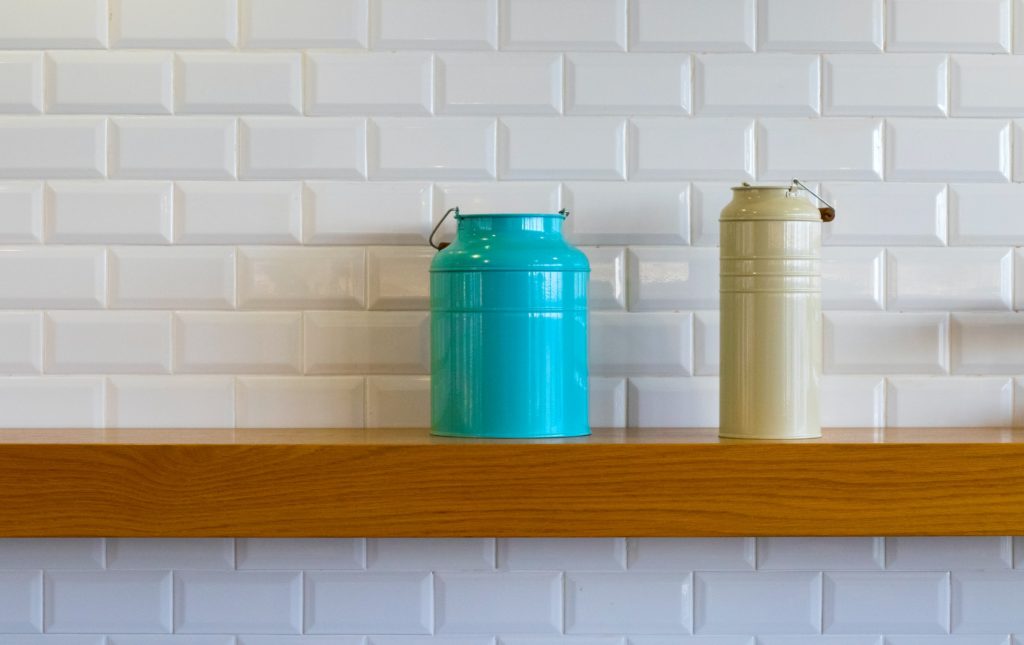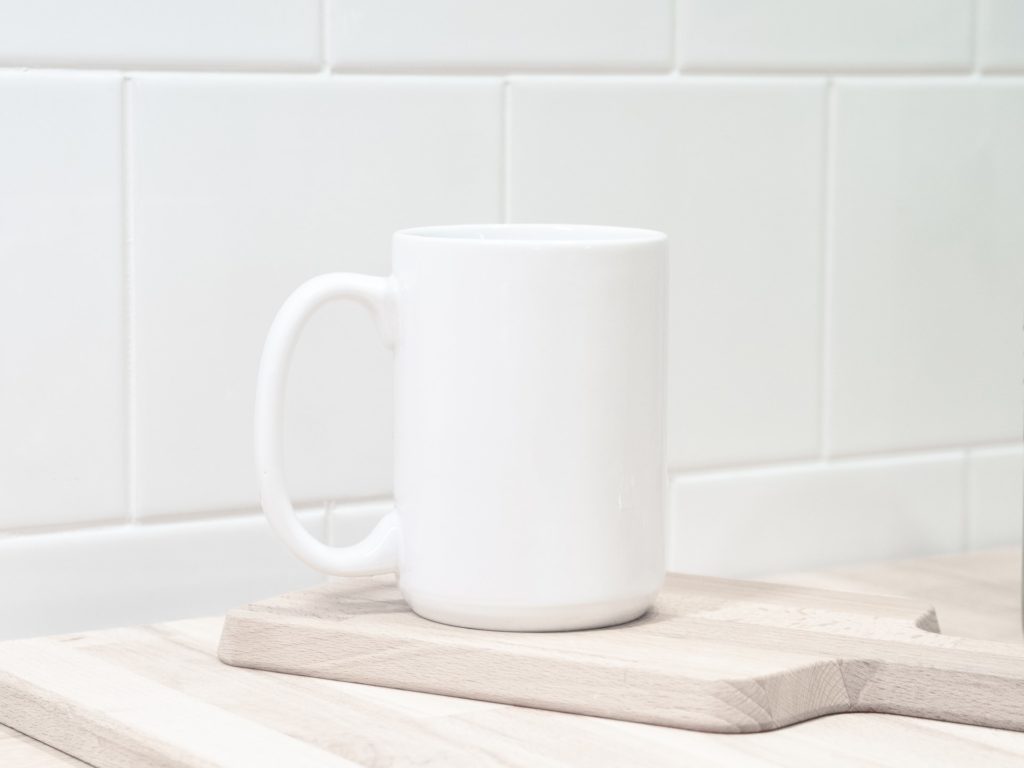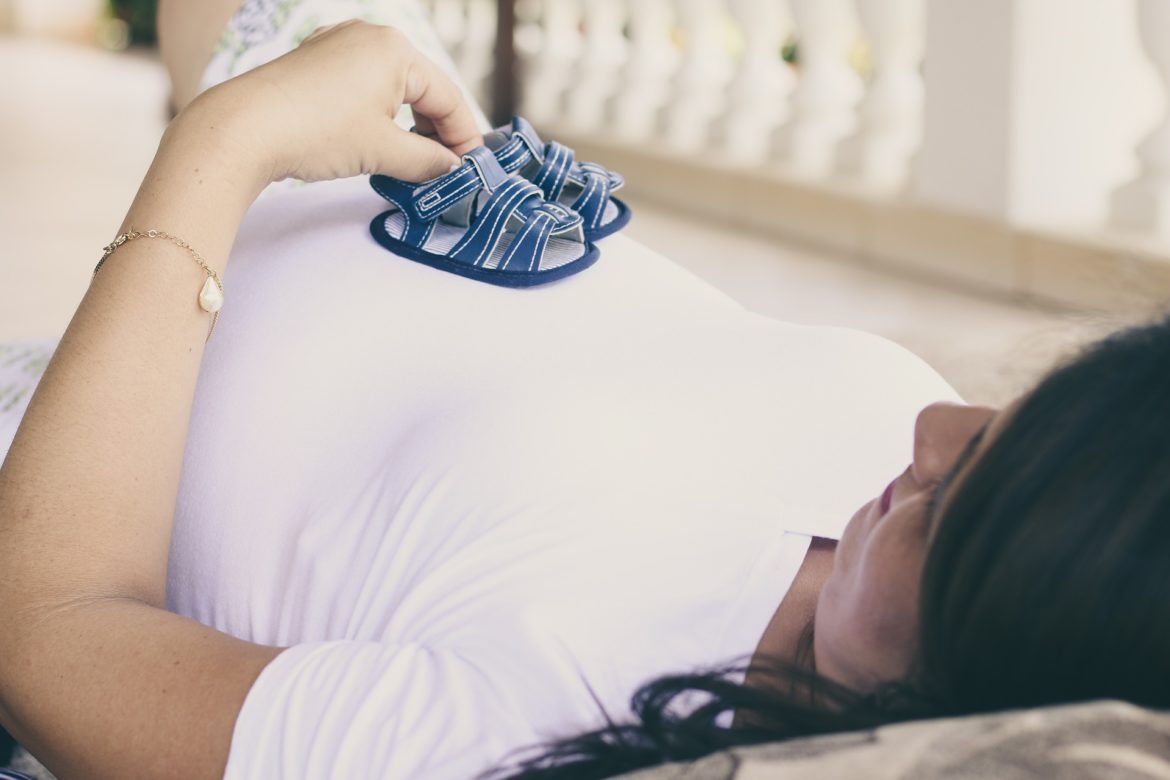Rating of the best Russian tile manufacturers for 2025

Often, when purchasing certain types of building materials, a Russian buyer overpays significantly for goods supplied by foreign companies. But the tiles of domestic production (both ceramic and tiled) are not only not inferior, but sometimes even superior in quality to foreign brands. On the territory of Russia, there is no shortage of materials necessary for its production, whether it be clay or minerals that make up the composition. However, for the production of quality products, it is necessary to use modern and technological equipment, which (so far) has to be bought abroad.

Content [Hide]
Modern types of tiles
The cladding material in question must always be suitable for its future application. For example, if it is planned to finish the bathroom, where, by definition, there is a high level of humidity, then it is necessary to use products that will be resistant to the negative effects of moisture. Based on such judgments, we can distinguish several of the most popular types of tiles:
- Ceramic - it is she who is best suited for bathrooms and bathrooms, being a practical and reliable option.
- Porcelain tile - it is based on a dense ceramic base, which gives the product an increased degree of strength.
- Porcelain stoneware or glass mosaic tiles - they are distinguished by their special durability and strength, in addition, they have a wide range of color options.
- Stone tiles - this type is pressure tested several times during the production process, due to which a special degree of strength is achieved. Its outer surface at the final stage of production is polished to a shine with the help of glaze.This gives the finished room a special level of sophistication.
- The original tile is the most popular type of tile, which the Russian Federation has been producing on its own for a long time.
All of the above types are currently produced on the territory of the Russian Federation either by completely domestic firms or joint ventures.
Physical properties, technical characteristics and material for the production of Russian tiles
All the main properties of this product, which are accepted for Russian products, are usually indicated on the packaging. For example, floor tiles are indicated with a foot icon, and wall tiles with a palm symbol. Properties of resistance to negative chemical influences are marked with a combination of letters from "A" to "D", where the highest degree will be designated as "AA". The thickness of a standard tile can be from 9 to 12 millimeters, which is also reflected on the packaging. There is also the concept of product grade - the 1st grade is considered the highest, and the 3rd grade is the budget one.
Wear resistance marking
- PEI I - is intended for flooring in structures with low traffic, because it has very "soft" properties and is subject to the simplest mechanical damage.
- PEI II - she finishes the floors in rooms where walking in soft shoes is supposed (living quarters, operating rooms in hospitals, nursery groups in kindergartens). Definitely not suitable for laying in a public place.
- PEI III - used for rooms where there is no direct access from the street. These include small offices or private dental offices, or beauty salons of a small area, i.e. wherever a small number of people are supposed to be at the same time.
- PEI IV - This tile can withstand a small amount of traffic.It is used in private hotels, small cafes, small shops and small residential premises. Direct access from the street is assumed.
- PEI V is the most durable option and can even be installed on floors in large supermarkets, restaurants, large office lobbies, etc.
Chemical resistance label
It is determined according to the resistance to the influence of chemically aggressive substances that may come into contact with the outer surface of the tile. This parameter is calculated according to the formula of the proportional correlation of negatively active substances (salts, acids, household chemicals) to the intrinsic strength of the tile. Designations can be as follows:
- AA-class - the interaction does not leave any traces;
- A-class - there may be minimal, almost imperceptible traces;
- B-class - traces inflict moderate damage to the product;
- C-class - there is a loss of appearance of the tile, coupled with a slight deformation of the outer surface, the formation of microcracks and obvious scratches;
- D-class - complete loss of the initial properties of the design, abrasion of the surface layer, damage to the edges, the formation of deep cracks.
Moisture absorption properties
For facing tiles, this is probably one of the most indispensable properties. Based on this indicator, it is possible to determine the suitability for installation of specific samples in certain conditions. Properties are reflected as a percentage of moisture absorption to the total mass of the product. As a standard, this parameter, equal to 3%, means the possibility of laying tiles in rooms with an average level of humidity, for example, in bathrooms. The same percentage will mean the overall hygiene of the product.In general, it is difficult to find a finishing material that would be more hygienic than tiles, because it:
- Does not form favorable conditions for the development of pathogenic bacteria;
- Prevents the formation of mold;
- Can successfully resist the accumulation of grease, dirt or dust on its surface;
- Able to maintain its operational properties for more than 50 years (only their minimum decrease is possible).
Textured, shaped and design characteristics
Modern Russian tiles can be stylized according to the following textures:
- Wood;
- Marble;
- Stone;
- Concrete;
- Have a convex (volumetric) shape (3D models).
It is in the Russian Federation that the theme of design in ethnic, natural and geometric styles prevails. Of particular note are the monochrome rulers, suitable for any traditional interiors. However, recently brighter shades have begun to appear in them, which are created by glazed models with original prints, inscriptions and images. As for popular shapes, for the RF it is traditionally a square or a rectangle. Regarding other geometric shapes of the modules, it can be mentioned that they are present on the market, but are not in great demand. Nevertheless, if desired, it is not difficult to find them, as well as to create a design layout based on them.

Features, advantages and disadvantages of Russian tile modules
Today there is an unsupported stereotype that a Russian manufacturer produces low-quality tiles. However, according to the NGO Roskontrol, there are absolutely no grounds for this. Russian tiles are in no way inferior to Western models, and in some cases even surpass them. This is especially true for regional conditions of use.Moreover, Russian manufacturers also use all modern innovative production technologies, work on high-quality equipment (though more often foreign-made), and also carefully control all production stages. In total, two important features of products of Russian origin can be distinguished:
- Compatibility with certain climatic zones of the Russian Federation - in the manufacture of goods, the harsh climate of the country is taken into account, therefore, firms give their products special characteristics of strength, moisture resistance, and resistance to temperature extremes. The result is the release of such models that can withstand even the most severe frosts.
- Affordable cost - any buyer can afford domestic products, because its price category covers the widest consumer circle. And low prices are by no means a consequence of poor quality - the thing is that the raw materials base and a large segment of the sales market are located directly on the territory of the country. And this cancels the additional costs of customs duties.
If we talk about the direct advantages of Russian goods, then we can distinguish the following positions:
- Large assortment - it is constantly expanding, in accordance with global trends in this sector;
- Decent quality - samples are not inferior to eminent foreign brands;
- Excellent value for money - with proper accessibility, all the necessary properties are preserved.
Nevertheless, the considered finishing material produced in the Russian Federation has some disadvantages:
- Not all collections can boast of the simultaneous presence of wall and floor options, which forces the buyer to purchase products from different manufacturers;
- There may be individual small errors in the coincidence of colors (declared dimensions and geometry) in the same set;
- The resistance to chemical resistance of the B-class may well be equal in practice to the D-class.
Difficulties of choice
The first thing you should pay attention to during the purchase is the size of the modules. For most rooms, you can take tiles of almost any size, however, this rule does not work for rooms with a small area. For example, decorating them with mosaic tiles would not be the best idea, because such a finish will visually narrow the entire space (especially true for combined bathrooms and bathrooms). Large modules will also visually reduce the volume of the room, as the size of each finishing element will be too large - it may even look like it consists of several full-sized squares. But it is also not worth abusing small modules (for example, 15 x 15 centimeters). The optimal size for an average Russian apartment will be a tile 20 x 30 centimeters with a rectangular shape, through which it will be possible to visually correct the lined space. With the same rectangular tiles laid out on the floor, you can lengthen the size of the passage, and vertically increase the height.
New models from Russian companies are announced on the market almost every new season. Among them are such samples that, due to consumer demand, are on sale for five years. Their increased technicality and original design (at a very reasonable price) will please any potential buyer, even with a small budget. Models with imitation of marble, wood or stone are in good demand.Separately, it should be noted domestic porcelain stoneware, which is gaining more and more indicators in terms of demand. The color of the outer parts can also be different - from copying fabric and wallpaper to metal or leather. A new product on the market of recent times is Russian ceramic parquet - it can completely replace its natural counterpart. It is characterized by better reliability, low cost and easy installation process. The quality level of Russian tiles began to rise around the beginning of 2010, when new production lines arrived in the country and production technology began to actively improve. Nevertheless, both porcelain stoneware and tiles are quite easy to manufacture, so it is simply difficult to make them of very low quality.

Estimated prices
The price of ordinary ceramic tiles for vertical cladding can range from 400 to 75,000 rubles per square meter. Such a run-up in prices will depend on the combination of technical properties and coloring. For floor options, the boundaries will be from 900 to 125,000 rubles. Prices for glass models for medium and large format can vary from 300 to 12,000 per square meter. Ceramic mosaic will cost from 3,500 to 22,000 rubles, it is the same, but made of glass - from 900 to 88,000 rubles. Porcelain tiles for walls will cost from 700 to 3000 rubles, and for the floor - from 400 to 8000 rubles. And finally, metal samples have the highest price - from 20,000 to 130,000 rubles per square.
Interior use in bathrooms
Indeed, most often Russian products are purchased for the design of bathrooms and bathrooms - these are the places where she showed herself best.Wall cladding of these rooms in beige color with modules with original texture will bring lightness, freshness and textural expressiveness to the decoration. Brown colors, though not often seen in the described rooms, but they will give the bathroom some originality. In general, it is better to combine a brown background with images of foliage - this will create a special natural comfort in the room. Separately, it is worth mentioning tiled companions - this is the name of one set, which contains modules from different materials. Companions are not a purely Russian invention, but this type of release is very widely practiced in the Russian Federation. This combination of materials will help to fill the room with a sense of versatility.
Rating of the best Russian tile manufacturers for 2025
Original Russian firms
4th place: "Jade-Ceramics"
votes 1
This is one of the best tile companies in Russia, dynamically developing from the day of its foundation (1990) to this day. Fully automated and modernized Italian and Spanish equipment is the key to its success. It was at Nephrite-Keramika that the ultra-modern digital printers were first used, which allow for high-speed reproduction of unique and technically complex patterns. The company also specializes in the manufacture of floor and small-format samples. Products are made for the consumer class with any degree of financial security. Conventionally, it can be divided into luxury, medium and economy class (this only applies to prices, but not quality - it is always high). The products are characterized by good resistance to mechanical, chemical and temperature shocks, which expands their scope.

- More than a hundred selections in the total assortment;
- Special line for kitchen aprons;
- Premium class includes 9 original sets
- Not detected.
3rd place: Uralkeramika
votes 0
This company from Yekaterinburg has been known since 1960. Already at the beginning of its work, it was able to win the hearts of customers with an extremely durable lining that meets all operating conditions. Ceramic tiles from them are produced on high-precision equipment, which allows the production of exquisite and technically complex relief surfaces, making the tori luxurious and unique. Last year was marked by the receipt of a certificate confirming that their products fully meet the strict requirements of international standards. The range includes about 100 collections for walls, with a division into products for bathrooms and kitchens, as well as more than 50 lines of floor products. Available geometries range from standard designs to small and large sizes.

- Classic design motifs that can fit into any style of the room;
- Natural styles that transfer to the bottom of the ocean or to a flower meadow;
- Imitation of materials that imitate wood, stone or marble.
- Not detected.
2nd place: "Falcon"
votes 0
The domestic manufacturer of ceramics, the Sokol Keramozavod, which works on behalf of the Ceramic Products Plant OJSC, has also proven itself well. "Sokol" can also be safely attributed to the category of leading domestic manufacturers of quality products. The field of activity is the production of cladding for bathrooms and kitchens, floor and universal wall samples applicable for interior and facade work. Production is carried out on functional Italian equipment.

- More than 80 collections in the trade line;
- Orientation to high-quality finishing of a tiled surface;
- General versatility and practicality of products.
- Not detected.
1st place: "Volgograd ceramic factory"
votes 0
The pride of this company is voluminous drawings and patterns made using equipment from Italy - "Rotocolor". Silk-screen units are also used, which provide the possibility of applying structural and metallized decorative effects. The complex use of high-tech machines is able to provide an assortment variety, constantly replenished with several trendy lines. A three-level quality control system allows us to maintain the geometric accuracy of dimensions and their minimum error. Volgograd products are produced in two directions: collectible, which has more than 20 independent selections, and "standard" items, including non-collectible floors and facing materials.

- The use of a fine-grained structure in order to minimize chips and irregularities;
- Special durability of glaze;
- Use in collections of calm and contrasting styles.
- Not detected.
Joint ventures
4th place: "GOLDEN TILE"
votes 0
This company is the result of a collaboration with the Italian ceramic brand "SACMI", which happened in 2007. Prior to the creation of a joint venture, products were limited to a rather narrow assortment of the same type. Now experts highly appreciate the quality of the goods produced and the rich assortment. Cooperation with Italian designers has made it possible to create over 60 beautiful collections.Russian consumers speak kindly of an interesting design, decent quality, a wide range and affordable cost. There may be a shortage in the trade network of the Russian Federation.

- Stylish design;
- Constantly increasing assortment;
- Adequate cost.
- There are errors in the dimensions when printing products.
3rd place: "CERABATI"
votes 0
This oldest French manufacturer entered into cooperation with Russia, uniting several Moscow ceramic factories into a group of companies. Thanks to the merger, an original product with French design notes comes out of the factory conveyors. In the face of fierce competition, the brand is trying to conquer the Russian markets through a competent pricing policy. The range includes products for all walks of life. Ceramic products are made of white clay, which is fired more than once. This is one of the foundations of brightness and unusual texture. Customer reviews create an overall favorable impression.

- Innovative production technology;
- Originality of design;
- Correct cost policy.
- Not detected.
2nd place: ITALON
votes 0
This Russian-Italian joint venture produces stylish products at affordable prices. The production resources of the joint venture are located in the Moscow region, where high-quality products with excellent design are produced. Large modules in pastel colors hint at the aristocracy of the interior. The main part of the ceramics is intended for wall decoration, and the company offers durable porcelain stoneware as a floor covering.Experts paid due respect to the brand for strict classics and excellent quality. They are satisfied with the appearance, pleasant to the touch structure, accuracy of dimensions.

- Ease of installation;
- Sufficient strength;
- original structure.
- The surface layer is problematic.
1st place: "KERAMA MARAZZI"
votes 0
This enterprise is probably the most famous example of collaboration among Russians and Italians in this market segment. This joint venture succeeds in gaining popularity due to a combination of affordable cost and Italian quality. The brand was formed in 1992 as a result of the merger of the well-known European company Marazzi with the Russian company Kerama. All capacities are located in the Moscow region, and the Italian side provided the technologies, equipment and developments. In the assortment you can find samples that are associated with England, and with India, and with Italy, and with France, as well as with Spain or Scandinavia. Experts appreciated the high accuracy, high-quality manufacturing and a rich lineup. Thanks to a developed trading network, you can buy products in different parts of Russia.

- Adequate price;
- Quality manufacturing;
- Excellent assortment.
- Not detected.
Conclusion
The Russian-made material under consideration is the main facing element and is used during the renovation of the bathroom, kitchen, corridors, and is often used in the renovation of office space. This is obvious, because such a finish is extremely durable, hardy and makes the room cleaner, more original and practical.The only problem is that high-quality products from a foreign manufacturer are very expensive, and domestic samples of the same level did not exist before. But the industry of the Russian Federation is developing and today the goods of a Russian manufacturer deserve close consumer attention.
new entries
Categories
Useful
Popular Articles
-

Top ranking of the best and cheapest scooters up to 50cc in 2025
Views: 131651 -

Rating of the best soundproofing materials for an apartment in 2025
Views: 127691 -

Rating of cheap analogues of expensive medicines for flu and colds for 2025
Views: 124519 -

The best men's sneakers in 2025
Views: 124033 -

The Best Complex Vitamins in 2025
Views: 121940 -

Top ranking of the best smartwatches 2025 - price-quality ratio
Views: 114980 -

The best paint for gray hair - top rating 2025
Views: 113395 -

Ranking of the best wood paints for interior work in 2025
Views: 110319 -

Rating of the best spinning reels in 2025
Views: 105329 -

Ranking of the best sex dolls for men for 2025
Views: 104366 -

Ranking of the best action cameras from China in 2025
Views: 102216 -

The most effective calcium preparations for adults and children in 2025
Views: 102011









